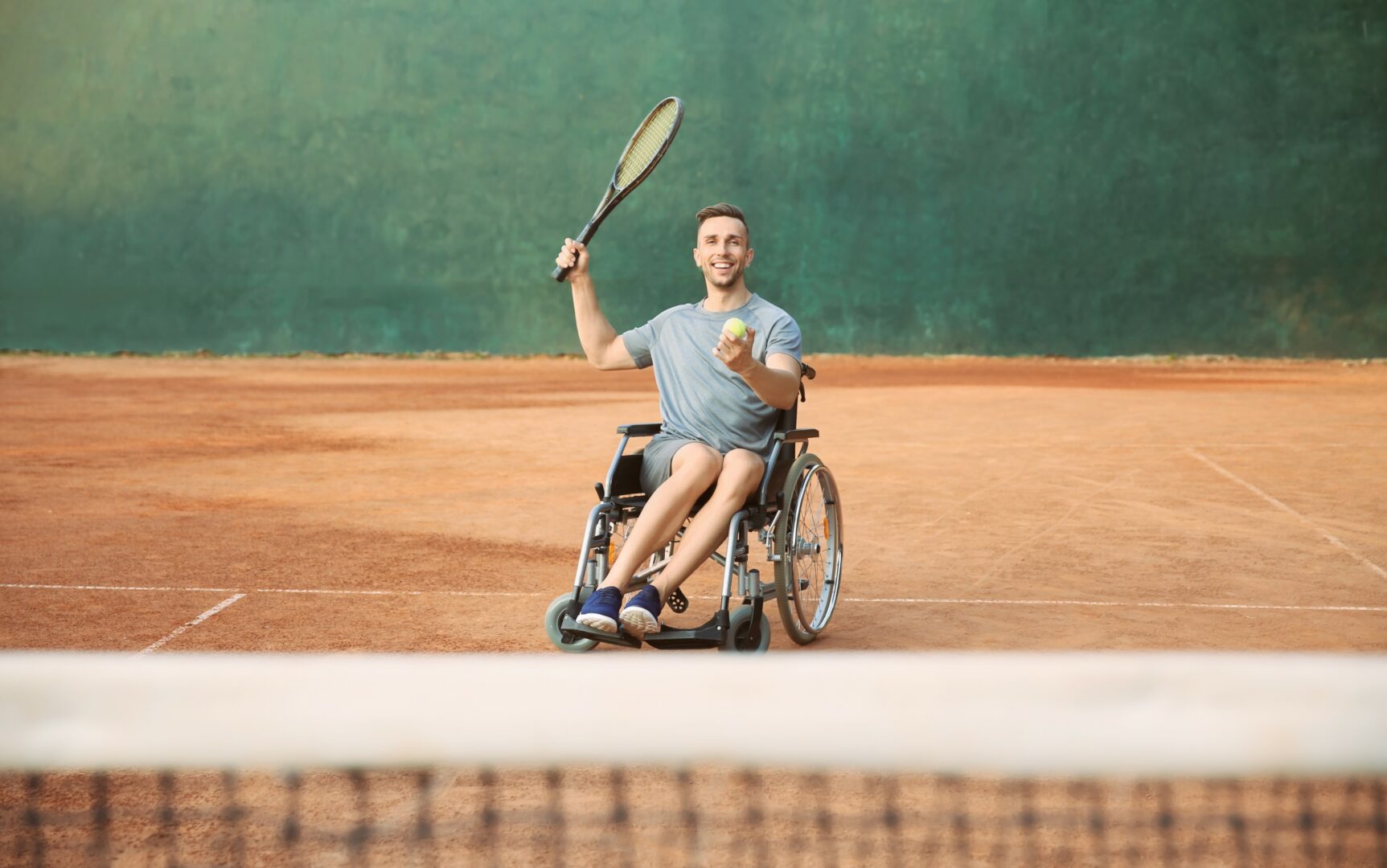
Being physically active is vital for people with multiple sclerosis. Fortunately, there are various ways in which you can move your body.
Exercise and movement is an important part of the Overcoming MS program.
If you can do it without difficulty, we recommend at least 30 minutes of vigorous exercise three to five days a week – outdoors when possible, to maximize your vitamin D production. If that’s too much, don’t be discouraged. Seated exercises as well as many other forms of physical activity are an excellent way to keep moving.
Moving our bodies renews the neural pathways that enable physical function, and even small movements can help maintain function.
Local gyms may offer programs to help you gradually increase your efforts. Many MS societies organize supervised exercise through their physical or occupational therapists. Neurological physiotherapy can help you work on balance issues.
Having built up fitness, strength training is important for making sure that muscles remain strong.
Using pedometers, exercising with friends or family, and setting personal goals are all effective ways to increase outcome from exercise.
It is important to remember that any exercise is better than none.
Resistance training doesn’t necessarily mean using weights or machines, you can also use your own weight or resistance bands.
Where is your fitness currently?
It can be a good idea to talk with a fitness trainer when starting out with a new exercise program or increasing your exercise levels. They can advise on what may best suit you and your current fitness levels.
Even if your current fitness levels are slightly low, it is a good idea to set goals for motivation.
Some people are surprised after following a strength training program at the rise in ability to build back up muscle strength. Tasks that were previously beyond them become possible again.
What do you enjoy doing?
If you enjoy the style or type of exercise you are doing, the chances are you will see better results.
Going on walks with friends or setting step goals using pedometers can often help motivate people to do regular exercise and keep it enjoyable.
What fits with your lifestyle?
If you do school runs, go to work or visit friends and family, consider walking part or all of the route, where possible, to incorporate exercise in your day without even having to think about it.
Doing workout or chair yoga videos in the comfort of your own home can also be an option for some.
What fits with your symptoms?
If your symptoms are minimal, options are broad and include:
If your condition restricts you to lower-impact exercise, try:
And if you cannot perform traditional exercises, try:
Interval training can be a good way of avoiding fatigue. This means you exercise in short bursts then have rest periods.
Try water-based exercise to stay cool, such as swimming, aqua aerobics, aqua yoga, aqua zumba, synchronised swimming or aqua jogging. These can mean putting less pressure on your body and can be strengthening. See what’s available locally to you.
Use a cooling vest, cooling beads or failing that, just tip water on yourself if you suffer in the heat.
1. Neuromuscular electrical stimulation cycling exercise for persons with advanced multiple sclerosis. J Rehabil Med. 2014 Jun 25;46(7):698-702. doi: 10.2340/16501977-1792